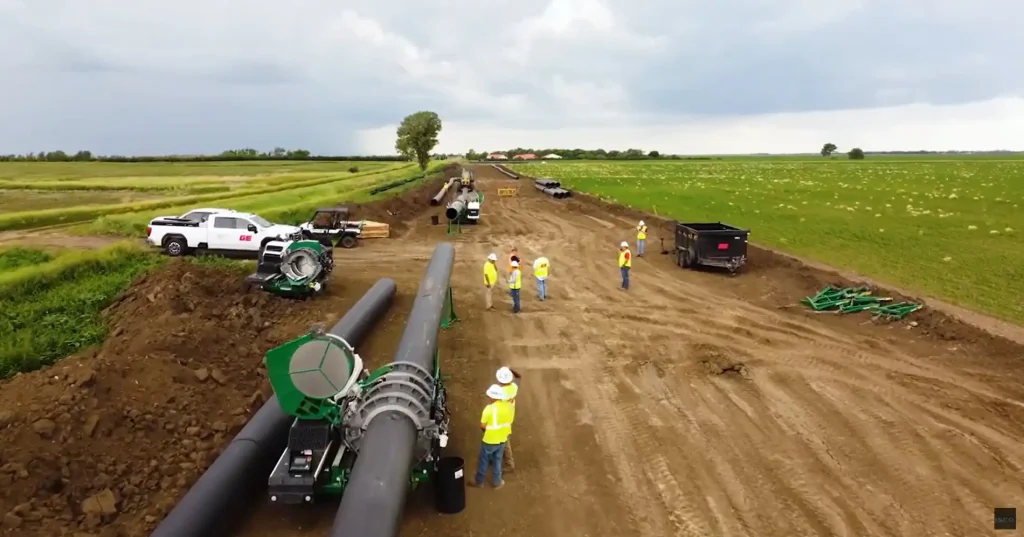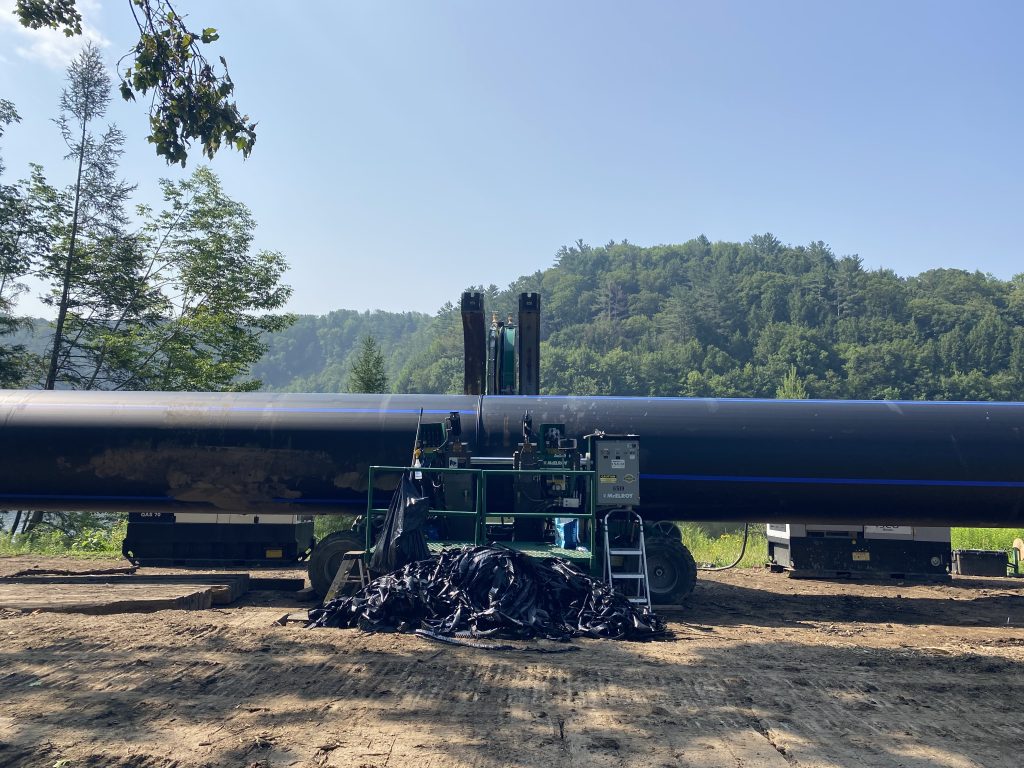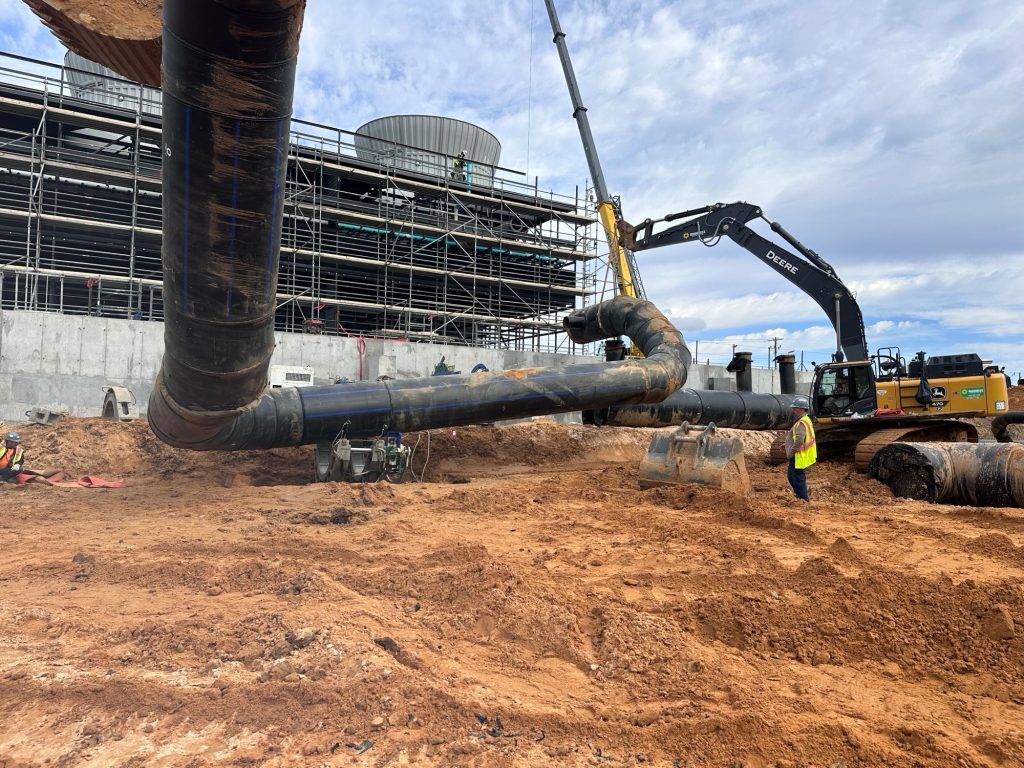Resources
Field Reports
Culverts Relined in Colorado Mountain Pass

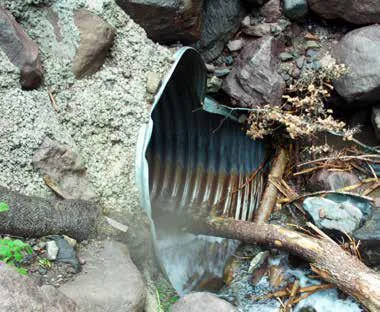
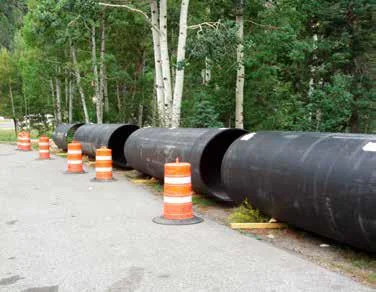
Background
Wolf Creek Pass is a mountain pass, elevation 10,857 feet, located on the Continental Divide in the San Juan Mountains of Colorado. Highway US 160 runs through Wolf Creek Pass as it moves along from the San Luis Valley into southwest Colorado, on its way to New Mexico and Arizona. The pass is steep on either side and can be dangerous in winter. The pass also houses the Wolf Creek ski resort, which is located on the east side of the Continental Divide off of US 160. The pass itself is a tourist destination.
The Problem
Major repairs were taking place on highway US 160, including paving and widening that affected the road through the mountain pass. Located underneath the section of highway in the mountain pass, there were two culverts that were worn out. Leaving the culverts in this state of disrepair could result in an entire road collapse. The Colorado Department of Transportation (CDOT) decided to repair these culverts as part of the highway improvement project.
Also, CDOT needed the culverts repaired quickly because the construction window in the area is very short due to the climate and elevation of the mountain pass. Snow has a tendency to last from September through July. The height of the mountain pass also limited the access for fixing the culverts. Therefore, a dig and replace method was not an option. Relining the culverts was the best solution.
The Solution
CDOT worked with Snap-Tite representative Russ Wosk on a culvert relining solution. Made of high-density polyethylene (HDPE) pipe, the Snap-Tite culvert lining system is a no-dig solution for repairing old culverts because it does not require extensive excavation and does not require road closures or disruption to traffic. In addition, no extensive equipment or training is necessary to install the Snap-Tite pipe, so repairs could take place in a limited work area.
A unique feature of Snap-Tite is that it does not require fusion to join the HDPE pipe together. The ends of the Snap-Tite pipe are machined on each end. These male and female ends are “snapped” together on site using come-a-long and chains. The Snap-Tite pipe is slipped inside the old culvert and grouted into place.
The reline project in Wolf Creek Pass involved two culverts, one was 48 inches in diameter and the other was 72 inches in diameter. Snap-Tite supplied 140 feet of 42-inch HDPE Snap-Tite pipe, delivered in 24-foot sections, for the 48-inch diameter culvert and 181 feet of 63-inch HDPE Snap-Tite pipe, delivered in 24-foot sections, for the 72-inch culvert.
The Installation
The contractor hired to handle the installation of the Snap-Tite pipe was American Civil Constructors, with John Grubesic serving as the project manager. The contractor’s crew did not have to shut down the road or redirect traffic during the pipe lining.
First, the crew cleaned out any debris inside or around the old pipes. Then, one section of the new Snap-Tite pipe liner was pushed inside the first culvert. Once most of the liner was inside, a second section of Snap-Tite pipe was snapped on to the first section using only come-a-longs and chains. This process was repeated until the old culvert was fully lined with the new Snap-Tite pipe. Then the crew used the same method of installation to line the second culvert. Finally, the contractor’s crew grouted any annular space between the old culvert and the new pipe liner.
The contractor’s crew completed the preparation, pipe relining and grouting process in less than five days.
